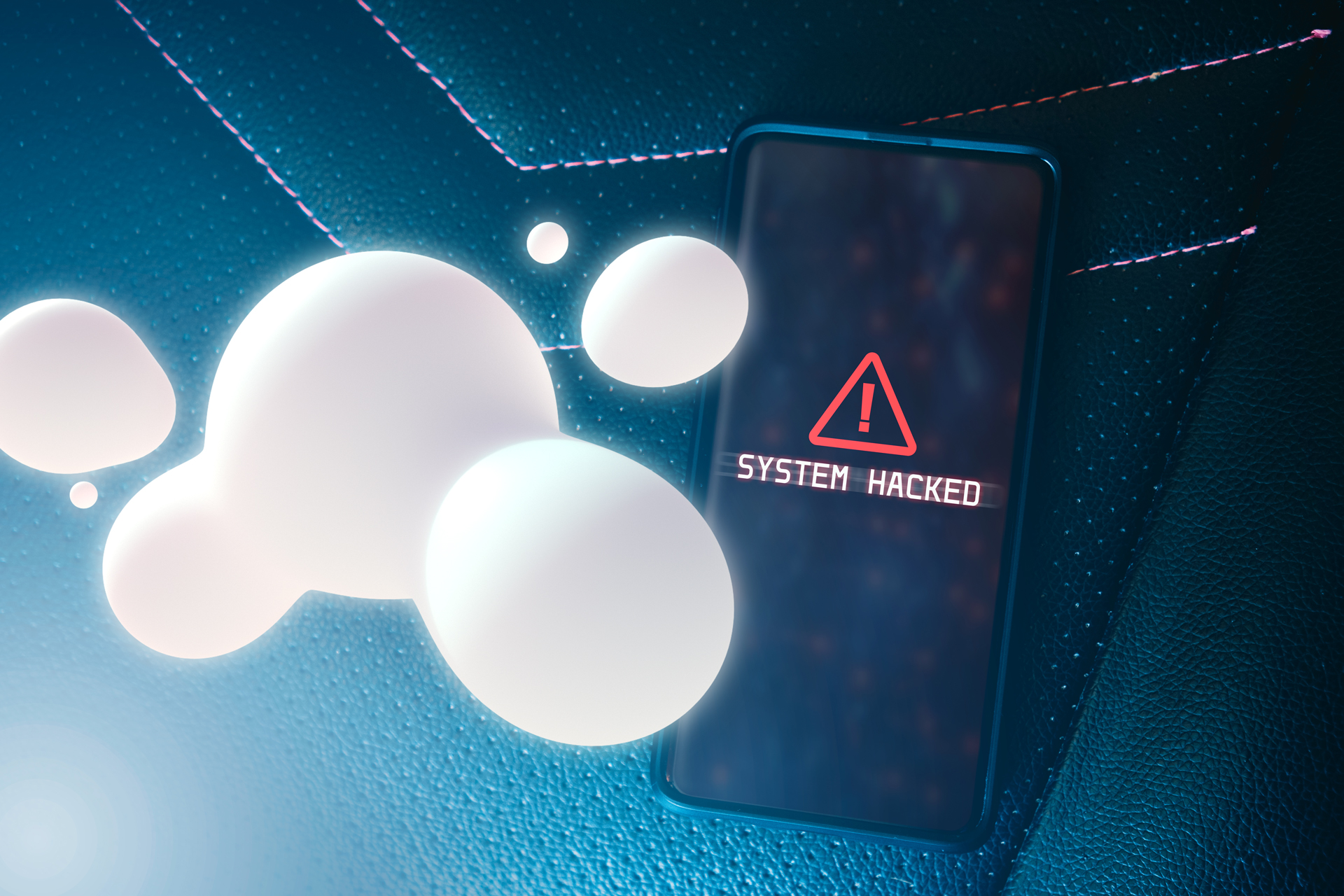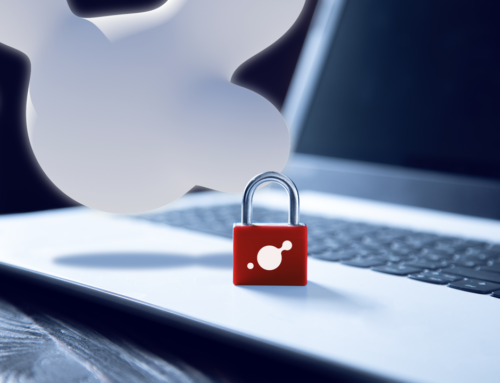In recent years, we have witnessed an alarming evolution in the world of cybercrime: ransomware, a form of cyberattack that blocks access to your data and demands a ransom for its release, has evolved. If you thought that extortion through data encryption was dangerous enough, get ready to meet ransomware 2.0 and its shocking quadruple extortion.
Traditional ransomware
Before diving into version 2.0, it is essential to understand ransomware in its most basic form. Traditional ransomware is a type of malware that encrypts a user’s files and then demands a ransom (usually in cryptocurrencies) in exchange for providing the decryption key. While this approach has wreaked havoc on businesses and individual users for years, cybercriminals have devised more devious and dangerous ways to carry out their attacks.
Ransomware 2.0: Quadruple extortion
Ransomware 2.0 differs from traditional ransomware in that it involves not one, but four layers of extortion, making it much more challenging and devastating for victims. Here are the four key phases of this four-pronged extortion:
- Data encryption: As with traditional ransomware, cybercriminals start by encrypting the victim’s data, denying them access to their files. This remains an effective tactic, as many individuals and businesses rely heavily on their data.
- Monetary extortion: Attackers then demand a ransom, usually in cryptocurrencies, in exchange for providing the decryption key. However, this is not the only extortion they will carry out.
- Disclosure threats: In this phase, criminals threaten to disclose encrypted or compromised data if the victim does not pay the ransom. This threat to release confidential information can be particularly damaging to businesses and individuals alike, as it can have serious legal and reputational consequences.
- Extortion of contacts: The last phase involves threatening to use the stolen data to extort money from the victim’s contacts. This means that cybercriminals may contact friends, family, colleagues or clients of the victim and threaten to expose their personal or professional information if the victim does not cooperate.
How to protect yourself from ransomware 2.0
Given the increasing sophistication of these attacks, it is essential to take steps to protect against the four-pronged extortion of ransomware 2.0:
- Keep your backups up to date: Make regular backups of your data and store them in a secure, offline location.
- Reliable security software: Use up-to-date anti-virus and anti-malware software to protect your devices.
- Education and awareness: Train your employees or family members on how to recognise malicious emails and links to avoid initial infection.
- Software updates: Keep your systems and programs up to date to protect against known vulnerabilities.
- Ransomware response policy: Develop or hire professionals to develop a ransomware response plan that includes steps to take in the event of an attack.





